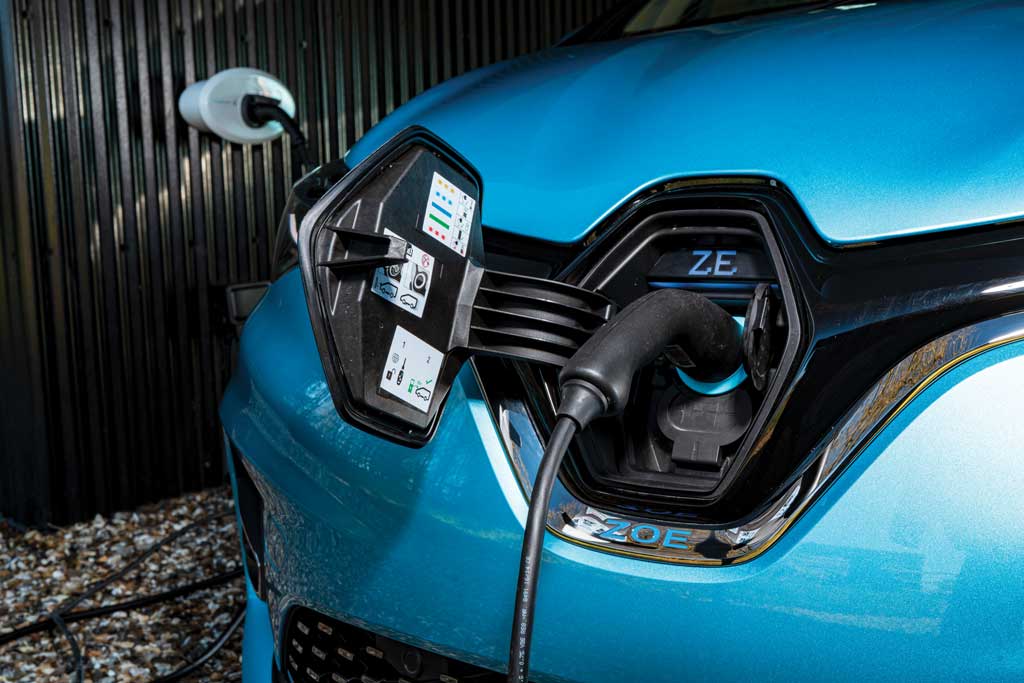
Last month I was explaining how the degree of choice in the lowest price bracket for electric cars is probably going down, even as the overall number of models of electric vehicles on the market multiplies seemingly day-by-day. Cars like the smart EQ range, Volkswagen’s e-Up! and the Hyundai Ioniq are fading away without immediate direct replacements, and it’s worth remembering that even these modest runabouts are still quite expensive when set against the budget of the average new or used car buyer.
In the run-up to Tesla’s most recent investor day in early March, a lot of people managed to convince themselves that the company was about to launch the low-priced small car that it is known to have had in the works for some time. This caused a great deal of excitement in the geeky corner of Twitter that I inhabit, and you can certainly see why. The need for such a car is clearly there and Tesla’s rivals are leaving the door right open to a determined new entrant in this segment – and I suspect that’s because they are struggling to get the numbers to add up for small EVs.
In the event, Tesla’s investor day announcements didn’t include much detail on the Tesla Model 2, as the expected new small car has been named by people outside the company (although not by Tesla itself as far as I can tell). But if that caused a certain degree of disappointment among enthusiasts, the event still provided several pieces of the jigsaw, shedding quite a lot of interesting light on how Tesla thinks it can bring down the cost of making new electric vehicles – in short, how to get the numbers to work on a new smaller electric car in a way that seems to be eluding the established car makers.
Perhaps the most obvious of these was the announcement of a new factory, the company’s fifth, in Mexico, which is expected to be the production base for any new smaller Tesla. It seems that this plant, alongside other expansion moves, will soon bring Tesla’s annual production capacity up to about 3.5 million cars. Last year, the company made 1.3 million vehicles and is aiming for 1.8 million in 2023. It has previously set a target of doing twenty million cars a year by 2030, which would make it much bigger even than the current giants of the industry like Stellantis, Volkswagen, Toyota, or the combined Renault-Nissan-Mitsubishi alliance. And it’s worth bearing in mind that Tesla would probably be expecting to achieve those volumes with a single brand, comparatively few models, and a large average factory size, all of which should give it the edge on efficiency compared with the much more complicated operations of the legacy manufacturers. I’ve always thought that the established car makers stood a decent chance of withstanding the challenge from new entrants like Tesla because of their long-accumulated experience of building cars to a high standard, developing relationships with suppliers and so on, but at its current rates of growth, Tesla is motoring quickly down the experience curve as well. It goes without saying, of course, that Tesla will also have to invest unprecedented amounts of cash and overcome vast logistical and organisational challenges if it really is going to become the top company in the industry within the next seven years.
Other Tesla initiatives aimed at squeezing costs include increased vertical integration, a new next-generation vehicle platform, and the use of large single-piece castings that can massively reduce complexity by replacing dozens of individual panels. Even before the advent of the new ‘cheap Tesla’, there have been several price cuts on existing models in the range during the last few months, including in Europe on the Model 3 and Model Y.
Meanwhile, the EU has delayed the final decision to press the button on its previously worked out scheme to end sales of non-electric vehicles from 2035. The delay is apparently mainly at the behest of the German transport minister, Volker Wissing, who wants to keep the option of internal combustion engines alive using e-fuels as an alternative to electric vehicles after 2035. This would ease some of the immediate pressure of the switchover timetable on the big German car makers, but I suspect that delays of this sort might not be doing the European motor industry any favours in the long term, given that Tesla, which is all-in on electric, is pressing ahead with such strong momentum, while the powerhouse that is China, and the other likely main source of cheap electric cars, isn’t exactly taking its foot off the accelerator either.
© Motorworld Media 2023
Registered Office: 4 Capricorn Centre, Cranes Farm Road, Basildon, Essex. SS14 3JJ
Company Number: 8818356
Website designed by Steve Dawson